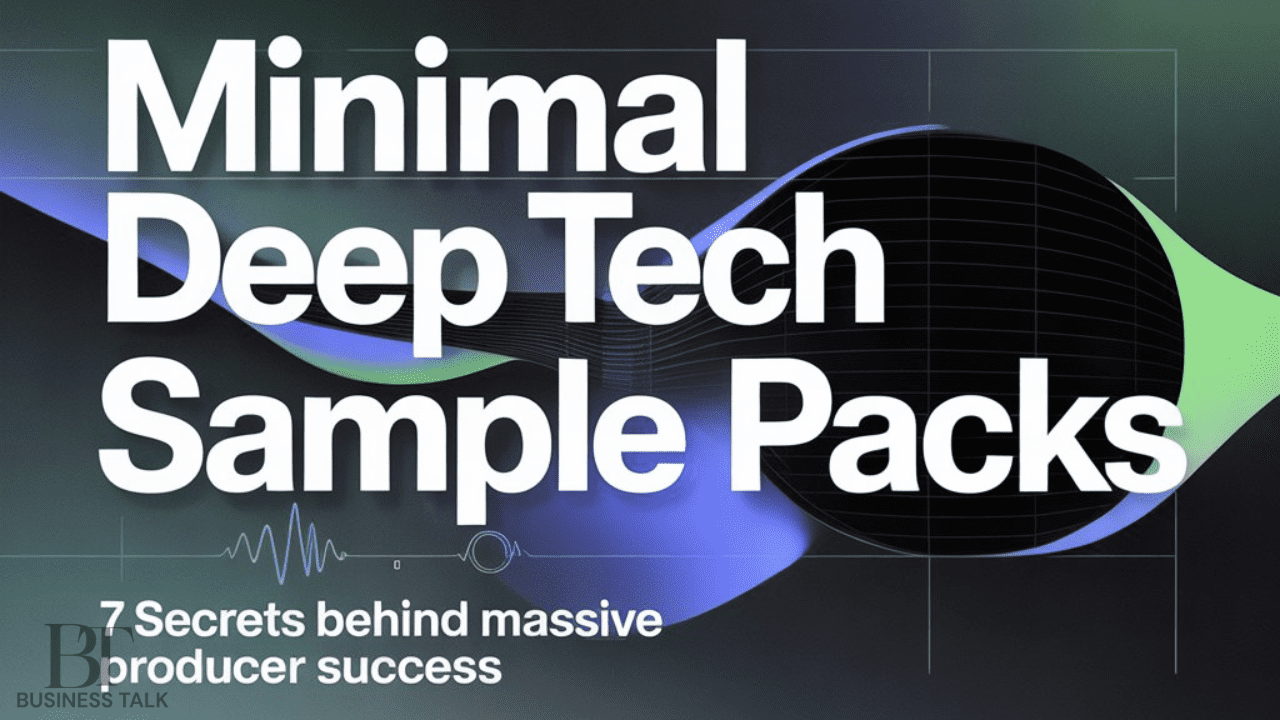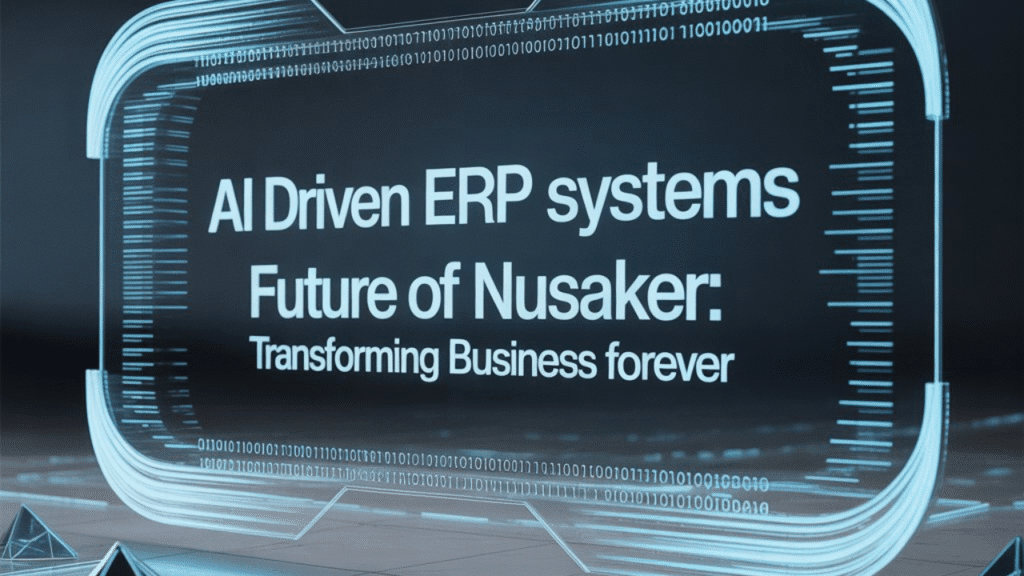In the rapidly evolving landscape of digital music production, minimal deep tech sample packs are becoming a cornerstone of modern creativity and commerce. Once a niche subgenre confined to underground studios and late-night DJ sets, minimal deep tech has found a new home in online marketplaces and production platforms. Today, these meticulously crafted sound collections not only shape the sonic identity of a generation of producers but also represent a thriving business ecosystem in the United States.
As the music production industry continues to shift toward independent and remote creators, the demand for premium sample packs has grown exponentially. This trend mirrors the democratization of music itself, where anyone with a laptop and vision can create, distribute, and monetize their sound. In this business-driven deep dive, we explore how minimal deep tech sample packs are reshaping creative workflows, redefining intellectual property, and creating scalable opportunities for entrepreneurs in the digital audio economy.
Understanding Minimal Deep Tech: A Hybrid Between Art and Enterprise
Minimal deep tech is more than just a subgenre; it’s a philosophy of sound. Rooted in stripped-down rhythms, intricate percussion, and hypnotic basslines, this genre thrives on subtlety and precision. The hallmark of minimal deep tech lies in its ability to make simplicity sound sophisticated, a balance that resonates deeply with producers who value space, tone, and texture.
From a business standpoint, this aesthetic minimalism translates into efficiency. Producers are willing to invest in sample packs that provide high-quality, royalty-free loops and sounds designed specifically for this genre. The result is a market where sonic identity has become a sellable asset, and minimal deep tech sample packs are the tools of that trade.
The Growing Business of Sample Packs in the U.S. Market
The American digital music market has witnessed explosive growth in sample-based production over the past decade. Platforms such as Splice, Loopmasters, and Sounds.com have turned what was once a small community of sound designers into a multimillion-dollar industry.
A 2024 study published in the Journal of Music Business Research highlighted that the global sample pack market is expected to surpass $1.5 billion by 2027, with the United States accounting for nearly 35% of total sales. This surge stems from the proliferation of independent producers, home studios, and small labels that rely on affordable, pre-designed sound materials.
Minimal deep tech, in particular, has benefited from this growth due to its strong presence in electronic music communities across Los Angeles, New York, and Miami, cities known for their club culture and digital innovation. With more creators producing tracks for streaming and licensing, the demand for fresh, genre-specific sounds continues to rise.
Why Producers Invest in Minimal Deep Tech Sample Packs
Speed and Workflow Optimization
In business, time is money, and in music production, that statement is literal. Minimal deep tech sample packs allow producers to bypass hours of sound design, accelerating project turnaround times. This not only improves productivity but also ensures creative consistency across multiple projects.
According to sound engineer and producer Derek Lawson, “Producers are no longer just artists; they’re entrepreneurs managing tight production schedules. High-quality sample packs give them an edge. They can stay creative while meeting deadlines.”
Consistency and Brand Identity
Artists and producers now build their careers like brands. Consistent sonic elements form part of that identity. By using curated minimal deep tech samples, creators maintain a recognizable sound signature, strengthening their market position and audience loyalty.
Licensing and Monetization
Most minimal deep tech sample packs come with commercial licensing, enabling users to legally release music across platforms such as Spotify, YouTube, and Apple Music. This legal clarity has made the sample pack business an attractive investment, both for creators producing the packs and for artists who rely on them to generate monetizable content.
Behind the Scenes: The Business Model of Sample Pack Creation
Creating a successful sample pack business requires technical skill and strategic marketing. Sound designers typically invest in studio-grade recording equipment, analog synthesizers, and mastering software to ensure professional-grade output. Once completed, these sounds are categorized, tagged, and distributed through online marketplaces or brand-owned e-commerce stores.
Revenue models vary, from one-time sales to subscription-based access. Some platforms, like Splice, have introduced micro-licensing, allowing users to download individual sounds rather than full packs. This flexibility has lowered barriers to entry for new producers and diversified income for creators.
Digital marketing plays a crucial role. SEO-driven product pages, YouTube demonstrations, and influencer collaborations drive organic reach. Moreover, social media algorithms reward consistent engagement, making platforms like Instagram and TikTok valuable tools for sound pack entrepreneurs.
Music production communities on Reddit, Discord, and Facebook also serve as incubators for both feedback and sales. For business-minded producers, these networks represent cost-effective channels to test and refine new sound products before scaling up.
Data-Driven Insights: Market Performance and Future Potential
A closer look at analytics reveals several interesting trends. According to Statista’s 2025 Music Production Tools Report, approximately 61% of independent U.S. producers use at least one commercial sample pack per project. Within that group, minimal deep tech ranks among the top five electronic subgenres influencing online sales.
Artificial intelligence and machine learning have further transformed this space. AI-driven recommendation systems on sample platforms personalize product suggestions, improving conversion rates and customer retention. Additionally, blockchain technology is being explored to manage licensing rights, ensuring fair royalties for creators, a significant step toward greater transparency in the digital sound economy.
Challenges and Competitive Landscape
While the sample pack industry is thriving, it faces its share of challenges. Market saturation has led to pricing pressure, forcing creators to differentiate through quality, branding, and exclusivity. Counterfeit or pirated packs also threaten legitimate creators’ revenue, prompting platforms to invest in better digital rights management systems.
Moreover, with the rise of AI-generated samples, questions of originality and authorship continue to emerge. The industry must strike a balance between technological innovation and artistic integrity to sustain long-term growth.
The Entrepreneurial Opportunity
For entrepreneurs, minimal deep tech sample packs offer a compelling entry point into the creative economy. Unlike traditional music production businesses, which require large capital investments, sound pack creation demands modest resources and can yield scalable profits.
Producers who combine artistry with business strategy, focusing on branding, metadata optimization, and partnerships, can generate multiple income streams. Selling packs on platforms, offering custom sound design services, or licensing exclusive content to labels and ad agencies all represent viable revenue paths.
The success stories of independent creators turning their passion into six-figure ventures underscore a larger truth: in today’s digital economy, sound is not just an art form, it’s an asset.
Consumer Behavior: What Drives the Market
U.S. producers prioritize authenticity and innovation. Surveys conducted by Berklee College of Music’s Electronic Production Department show that over 70% of professional producers prefer niche-focused packs that reflect evolving underground genres rather than generic mainstream sounds.
This consumer insight highlights why minimal deep tech sample packs are more than a passing trend. They cater to a discerning audience seeking precision, atmosphere, and cultural identity. As long as producers value originality and usability, this submarket will continue to thrive within the broader digital audio economy.
Future Outlook: Innovation Meets Sustainability
Looking ahead, the intersection of sustainability and digital production is likely to shape the next phase of the sample pack business. Many sound designers are now focusing on eco-friendly production methods, minimizing hardware waste and promoting digital distribution over physical media.
AI-assisted mastering, immersive audio formats, and cross-platform integration with DAWs (Digital Audio Workstations) are poised to further expand creative possibilities. As innovation continues, minimal deep tech sample packs will remain central to shaping how the next generation of producers and businesses approach sound creation.
Conclusion: The Sound of a Business Revolution
In an era where creativity meets commerce, minimal deep tech sample packs stand at the intersection of art, technology, and entrepreneurship. They have redefined not only how producers create music but also how sound itself is monetized in the modern digital economy.
From AI-driven personalization to decentralized licensing, the business of sample packs continues to evolve at the speed of innovation. As more artists transition into entrepreneurs, one truth becomes clear: in the world of music production, minimalism is not just a style, it’s a strategy.
The future belongs to those who can turn subtlety into substance and sound into sustainable business.





